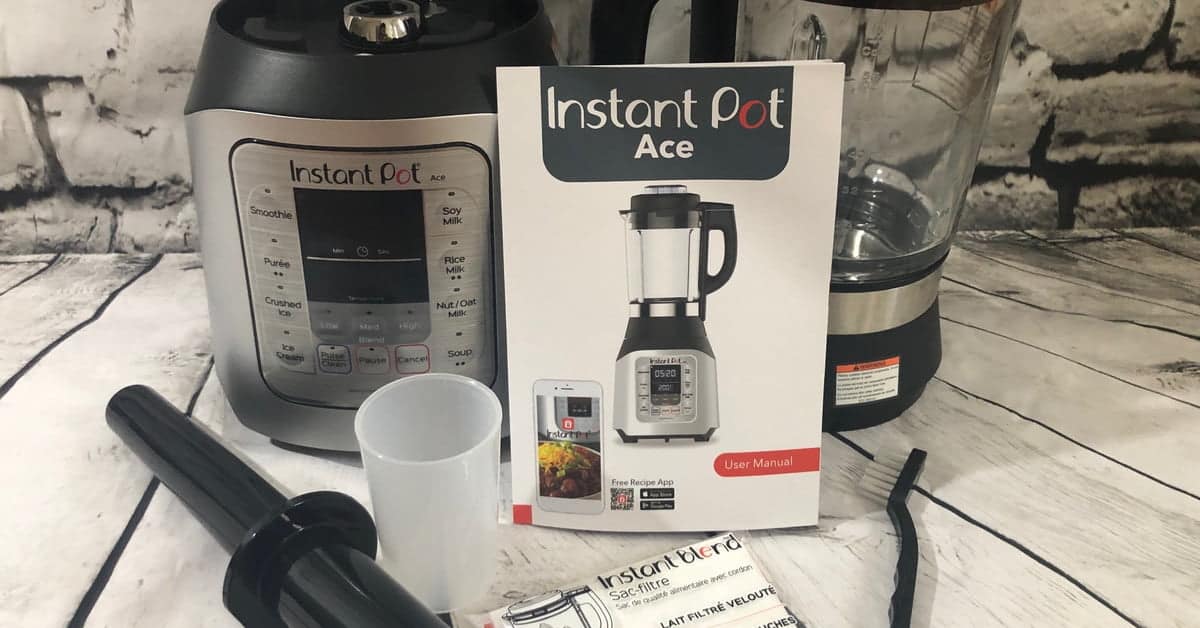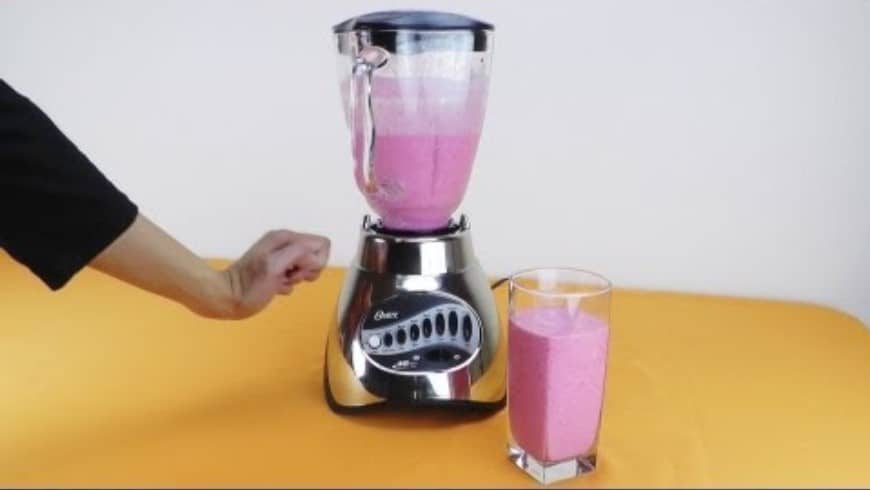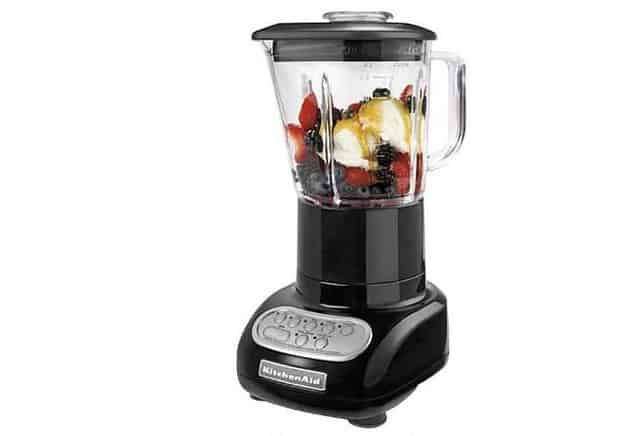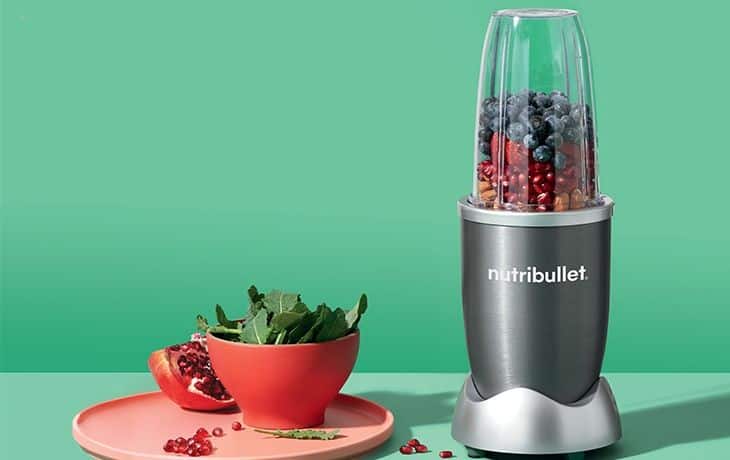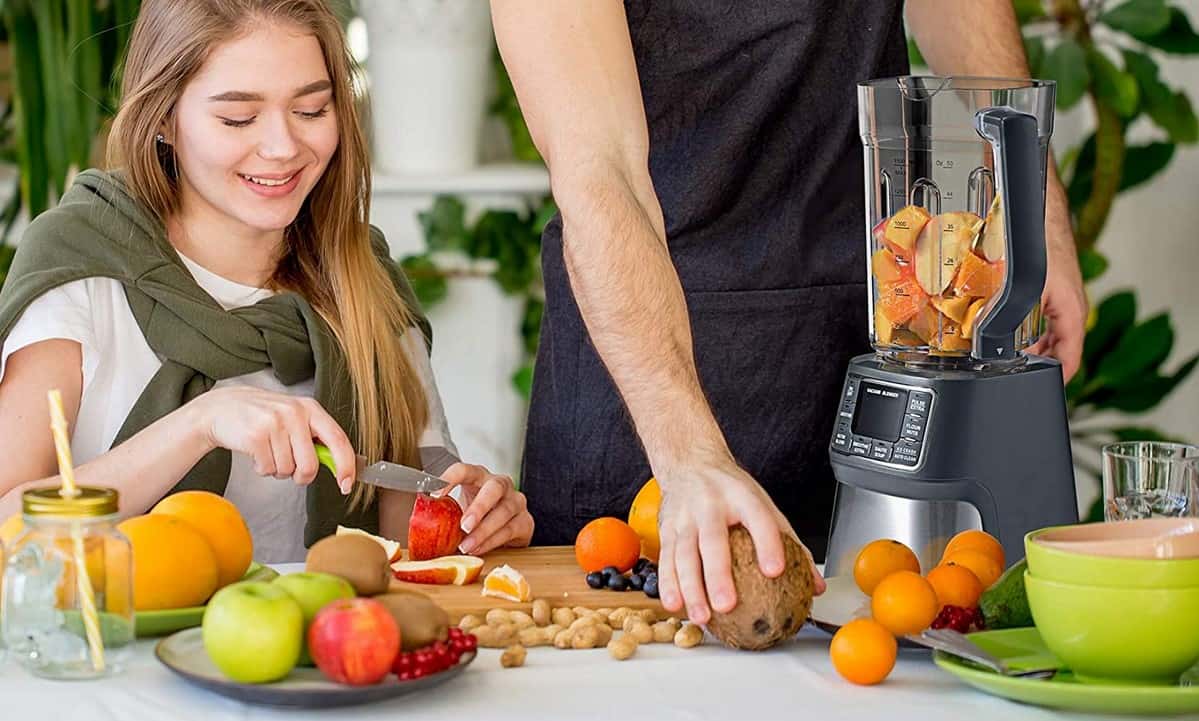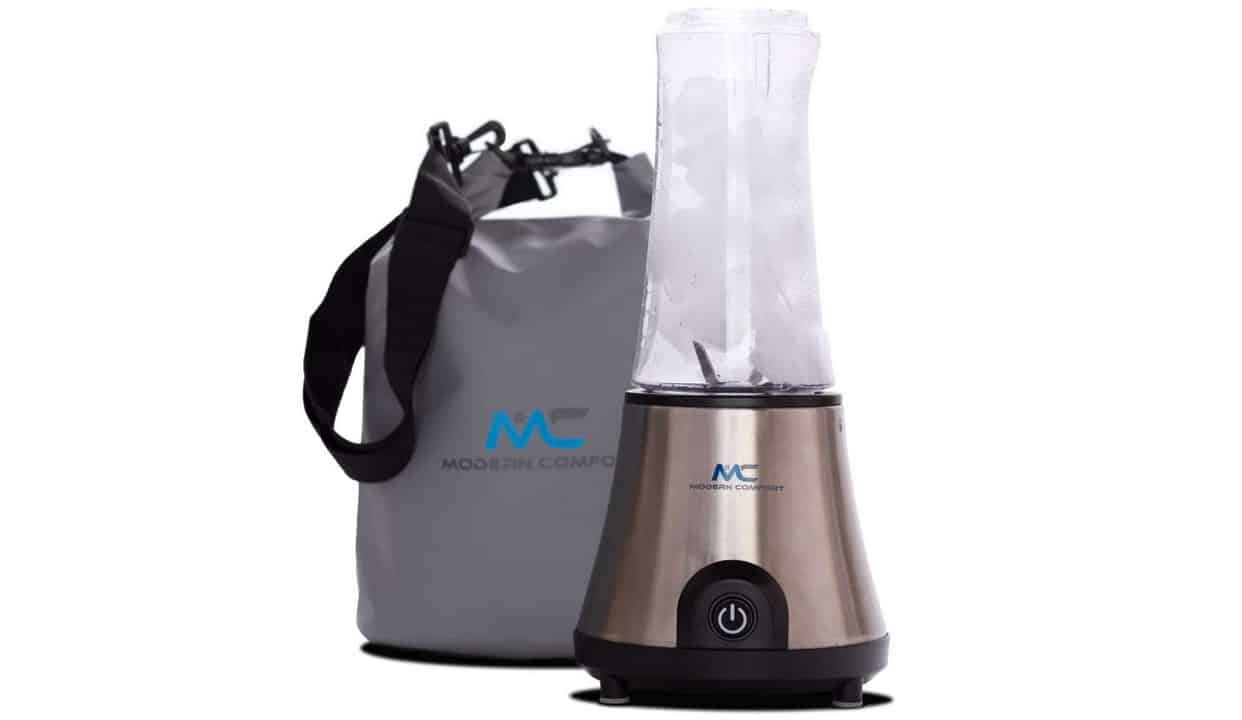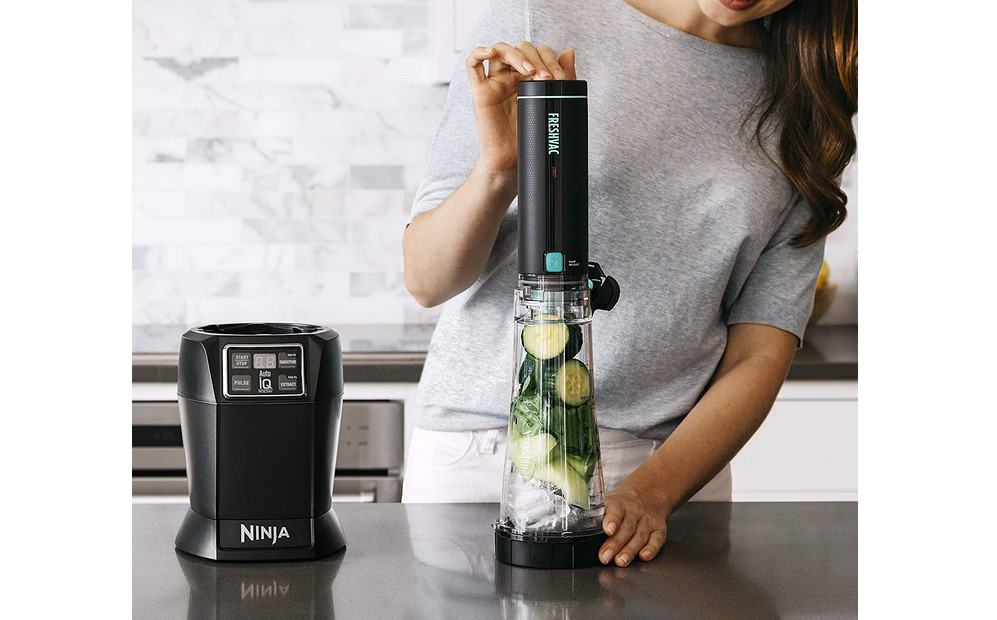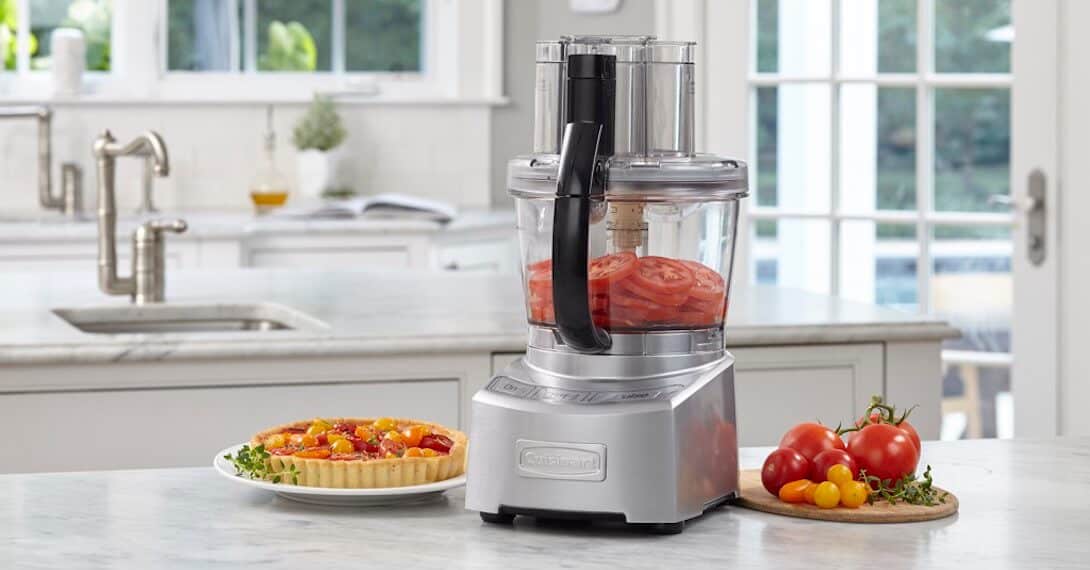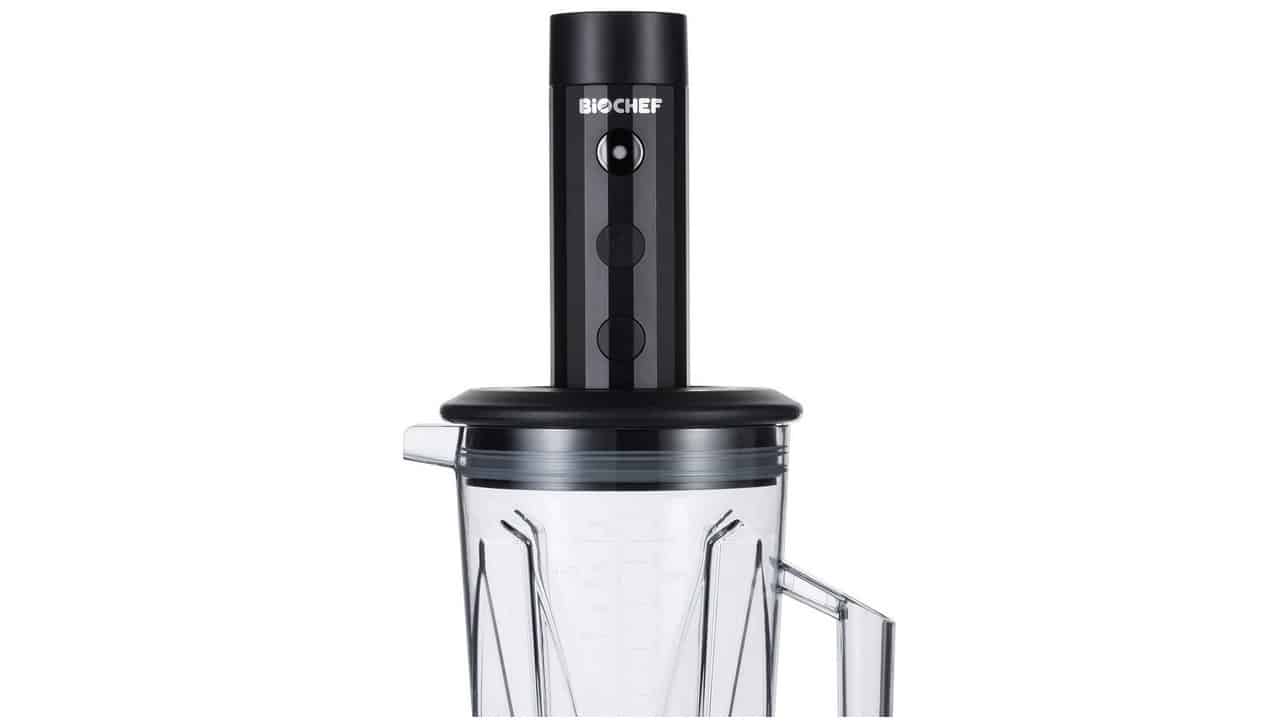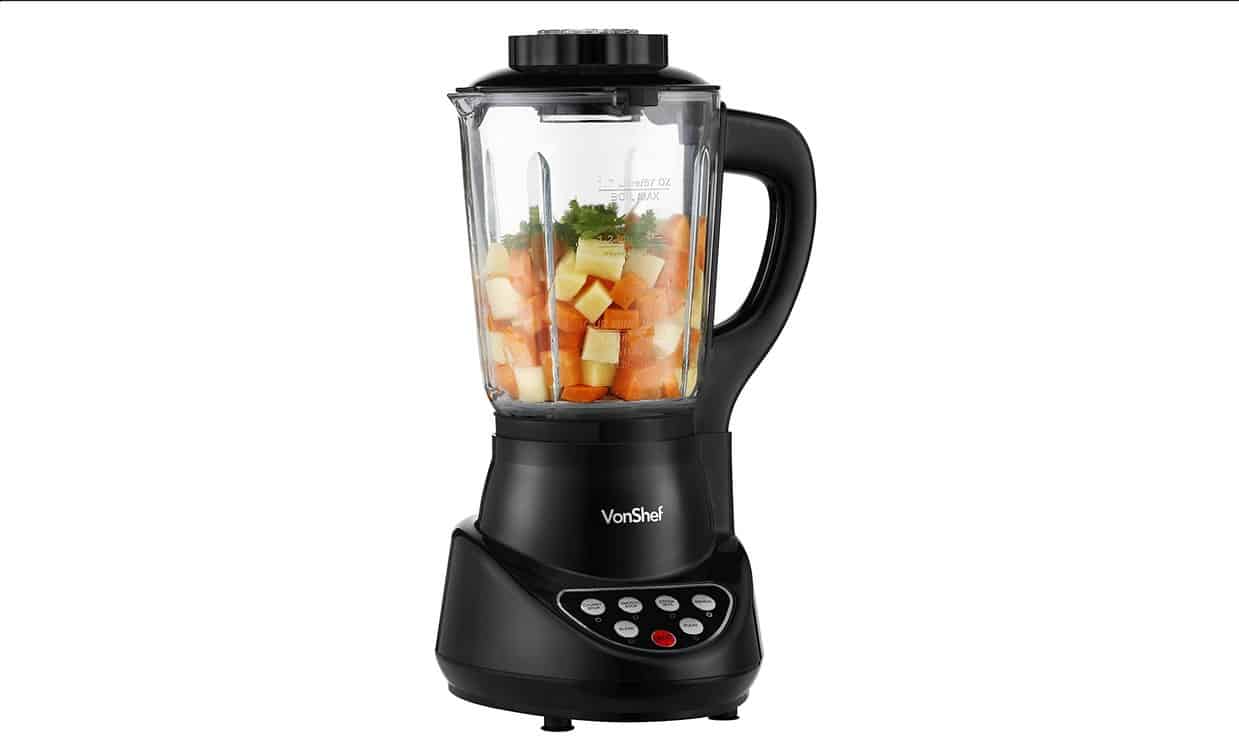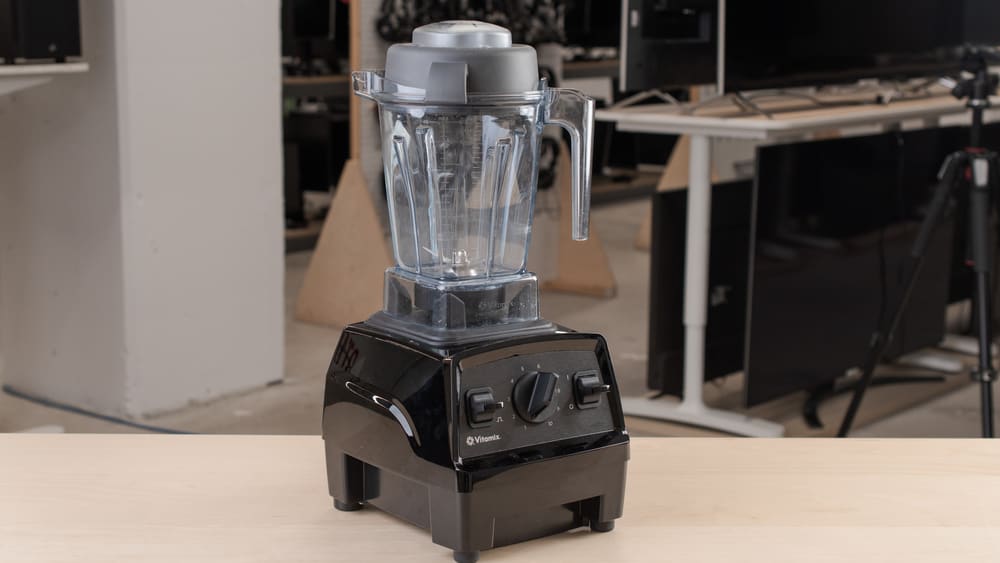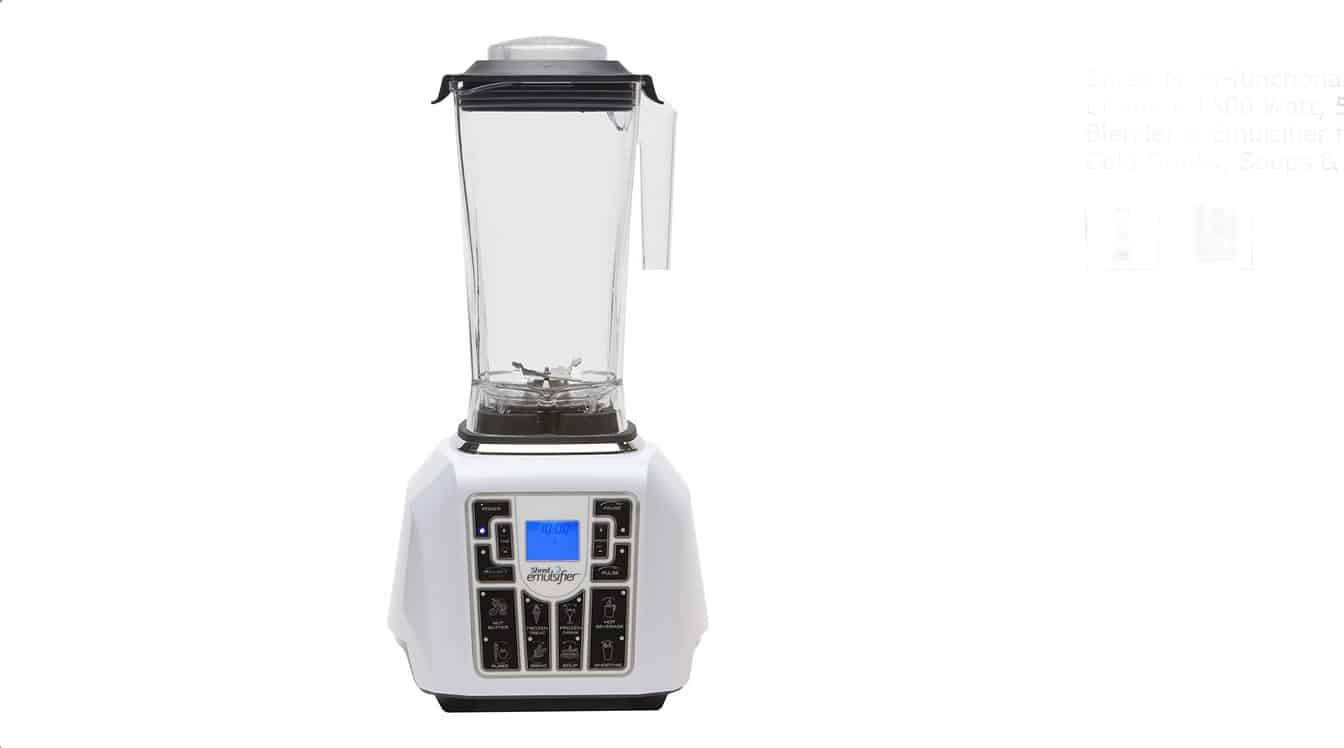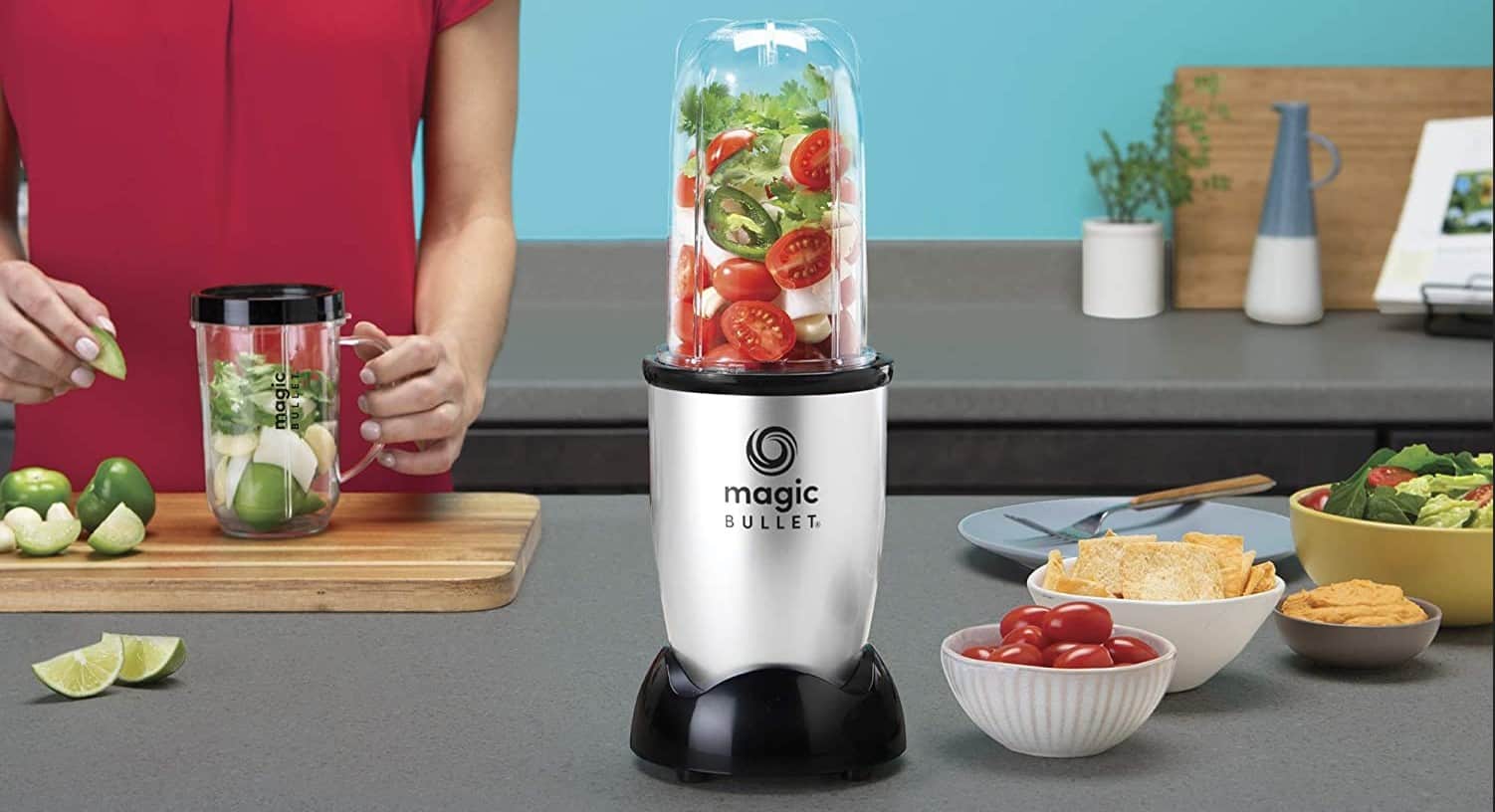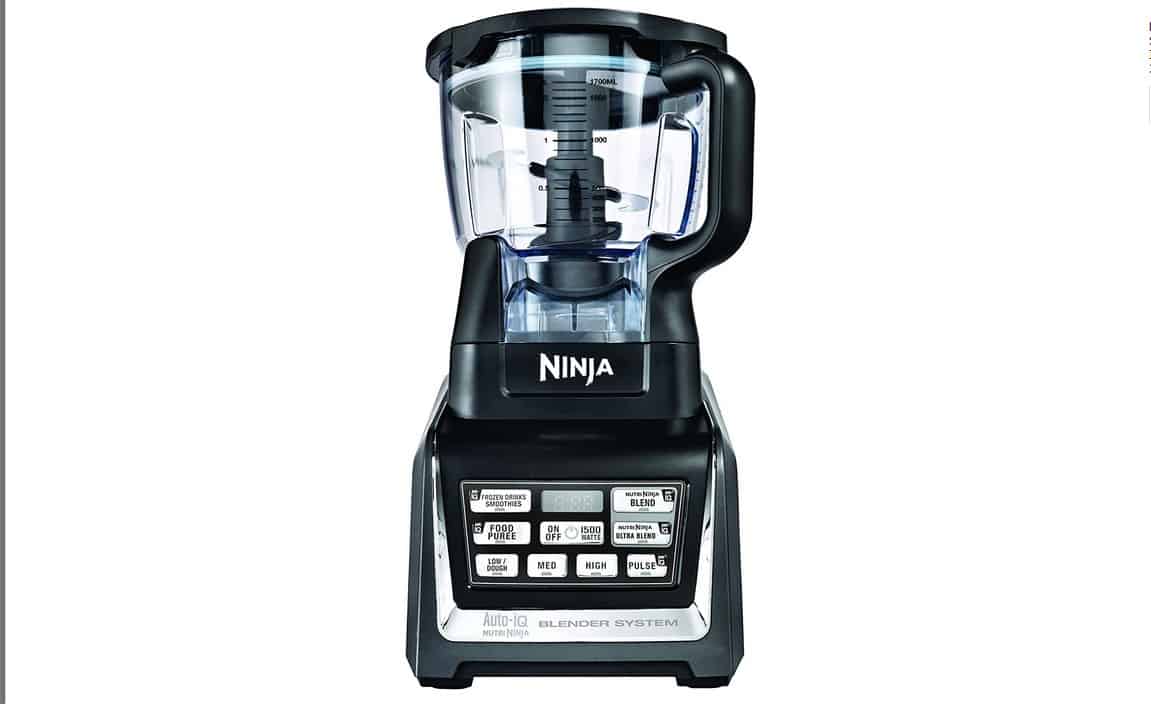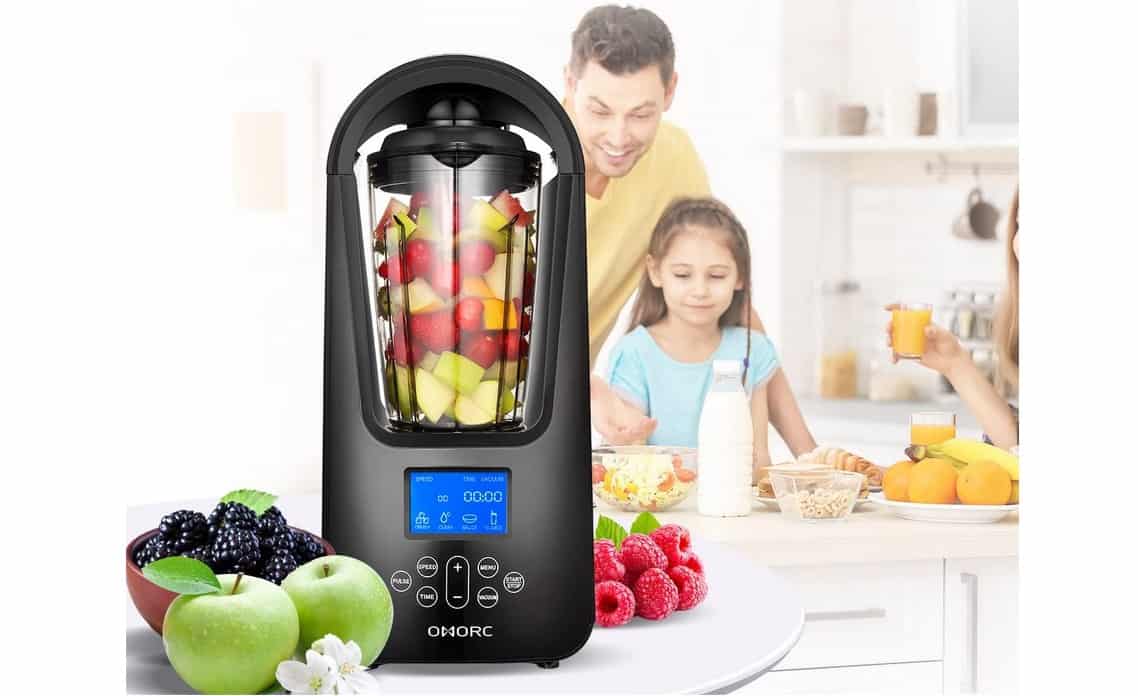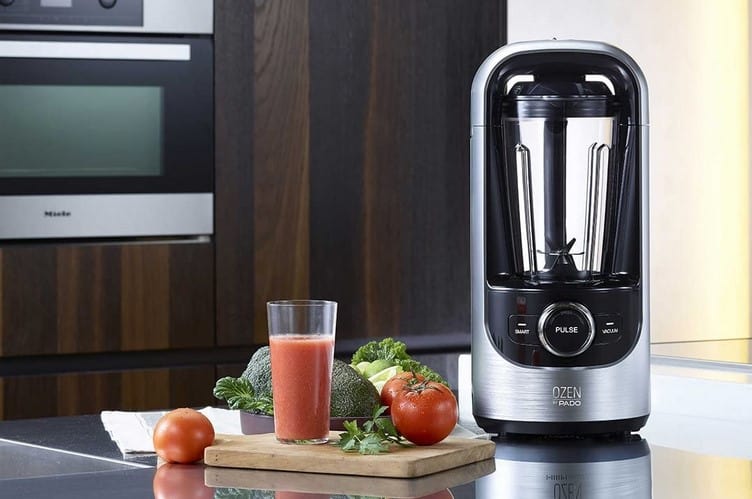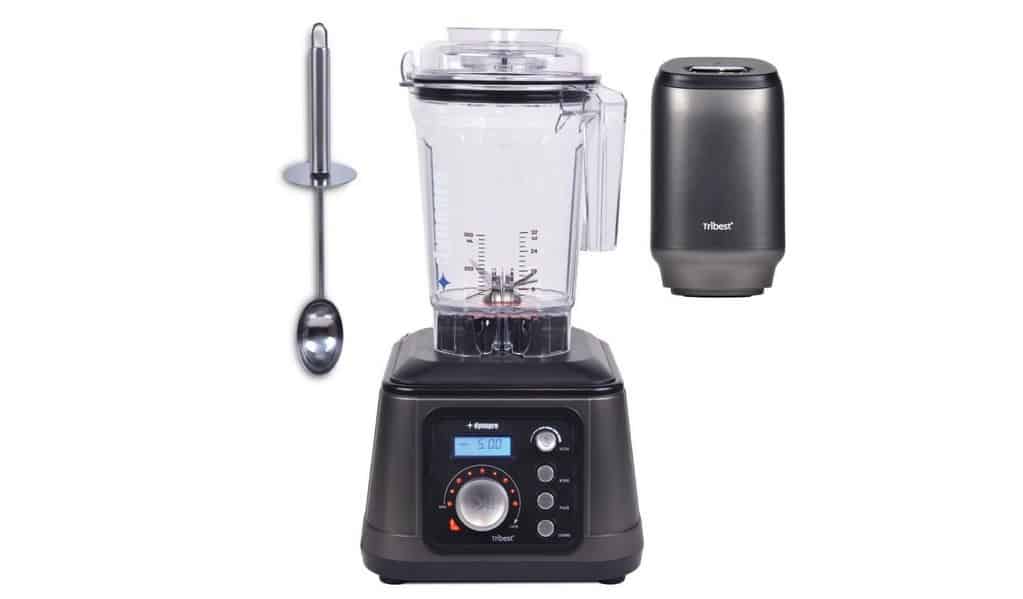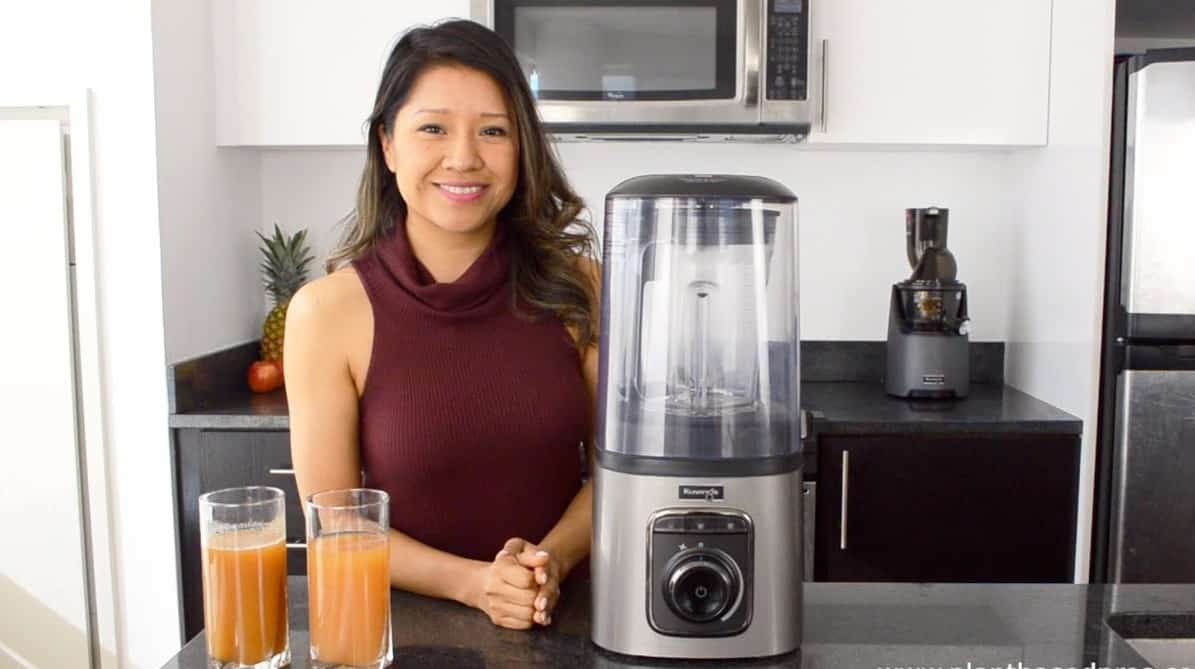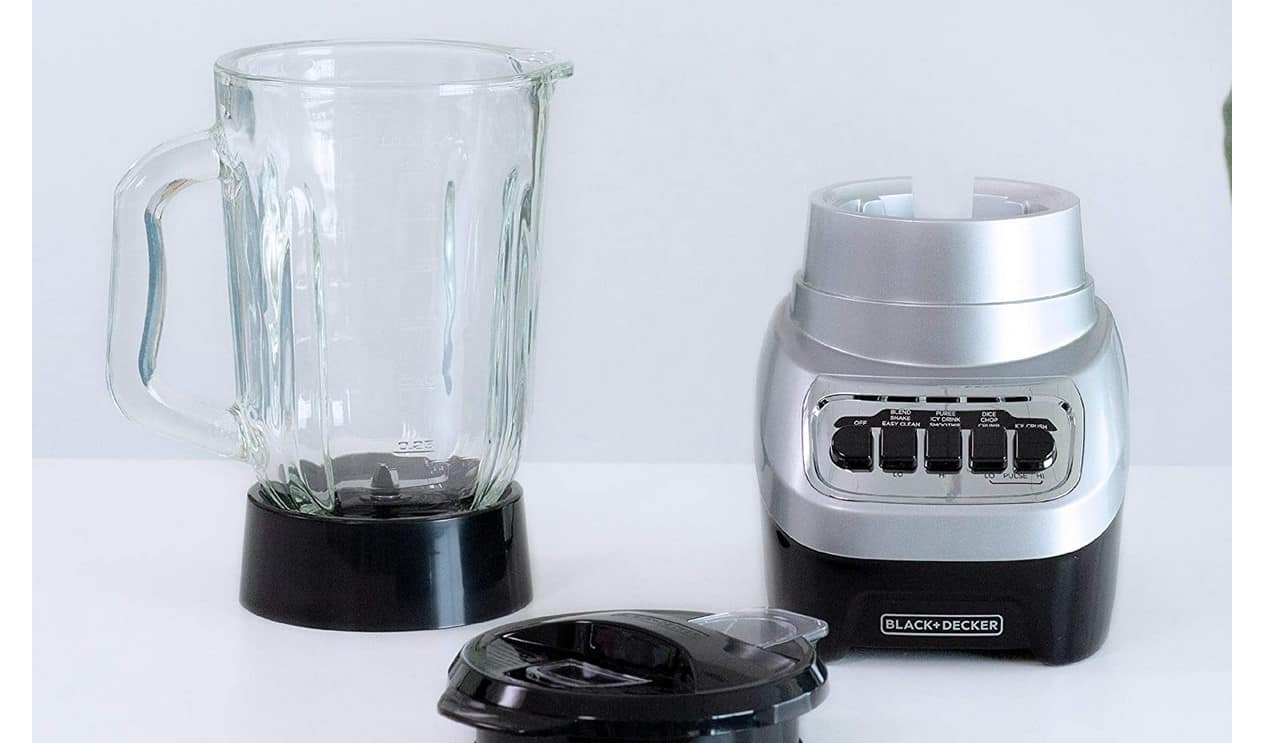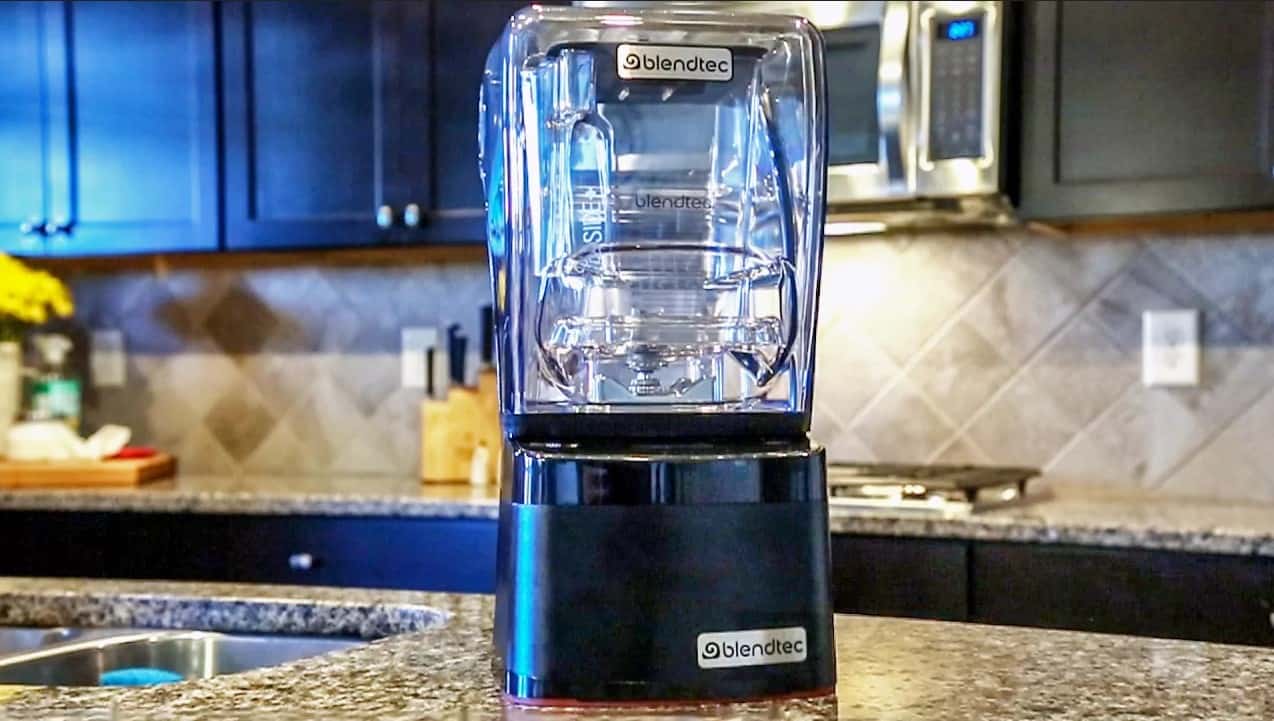Horsepower plays an essential factor in the powerful motor. To understand how blender horsepower matters, you first need to understand what the actual horsepower of a blender represents and the different types of blenders available. For example, the best blenders on the market often have higher horsepower which makes them strong and have faster speeds.
KEY TAKEAWAYS:
- Horsepower tells the consumer how strong their prospective blender is.
- Peak horsepower does not represent the actual horsepower while the blender is in use.
- Several blenders exist with different horsepower expectations, including an immersion blender, personal blender, and countertop blender.
Advertised Versus Actual Horsepower
Brands advertise the peak horsepower of their blenders in the product information section. However, peak horsepower does not represent the actual horsepower of the blender. Because peak horsepower means the motor’s maximum output, the actual horsepower likely will be less than the listed horsepower while being used. This is one of the many reasons why it is important to understand how a blender works.
Insider Tip
When it comes to raw horsepower, a countertop blender is typically your best bet.
One horsepower (HP) equals roughly 746 watts of power. So, a motor with 2HP would be 1492 watts. However, the motor may be listed as 2HP, but that would be peak horsepower. The actual horsepower level while the motor is in the blender would be less than 2HP. Additionally, the horsepower does not necessarily showcase the effectiveness of the blender since the blade design and blending jar also affect the outcome of blending. A typical blender uses 400-1500 watts, meaning just over one-half horsepower to two horsepower.
Types of Blenders and Horsepower
Here are the various types of blenders and how they relate to horsepower.
Countertop Blenders
Countertop blenders offer a powerful blender with 1-2HP. However, the highest horsepower blender models often classify as professional blenders with up to 2HP. Many standing blenders feature multiple speed settings based on their horsepower, including the pulse button and several specialized speed settings. These blenders are ideal for ice crush. Due to the high power, they can help make the perfect frozen dessert or icy drink from frozen food, such as frozen fruits and ice cubes. Countertop blenders could potentially have a warranty with them as well.
Personal Blenders
Personal blenders provide a smaller, decent product within an affordable price range. Combining different ingredients, you can create a personalized green smoothie or other smoothies that don’t require additional horsepower from components found in your kitchen cabinets. The low prices and compact sizes of these blenders may result in a lower horsepower motor base, causing blending to potentially take more time. On a side note, did you know you can improve the quality of a smoothie with vacuum blending?
Immersion Blenders
Immersion blenders blend ingredients in the dishes found in the kitchen instead of in a blending jar and do not have much horsepower. These blenders can make a drink in the container you will be drinking out of or make soup in the pot, enabling the lower horsepower blender to still mix ingredients well. Additionally, when making nut butters or regular butter, you can make them in a bowl or butter container. Some of these blenders only have the pulse button, while others have a couple of options. Attachments will make these blenders into other kitchen tools, including a whisk or pseudo food processor.
Warning
Personal blenders may struggle to complete some tasks, such as crushing ice or making nut butters.
F.A.Q.
What is peak horsepower, and why does it matter?
Peak horsepower represents the power of the motor on its own, and it is not the same as the horsepower available while blending. However, it does offer a gauge for how strong the blender will be compared to other blenders with peak horsepower listed.
Are higher watts better for a blender?
Blenders with higher watts often include faster speeds and more power behind the blades, meaning the blender can do more than lower power blenders.
How many watts is a high-speed blender?
A high-performance blender features a motor that runs on about 1,000-1,500 watts, but the wattage is not the only advantage of many of these blenders.
STAT: In 2015, the global blender and juicers market was valued at about 2.33 billion U.S. dollars. (source)
REFERENCES:

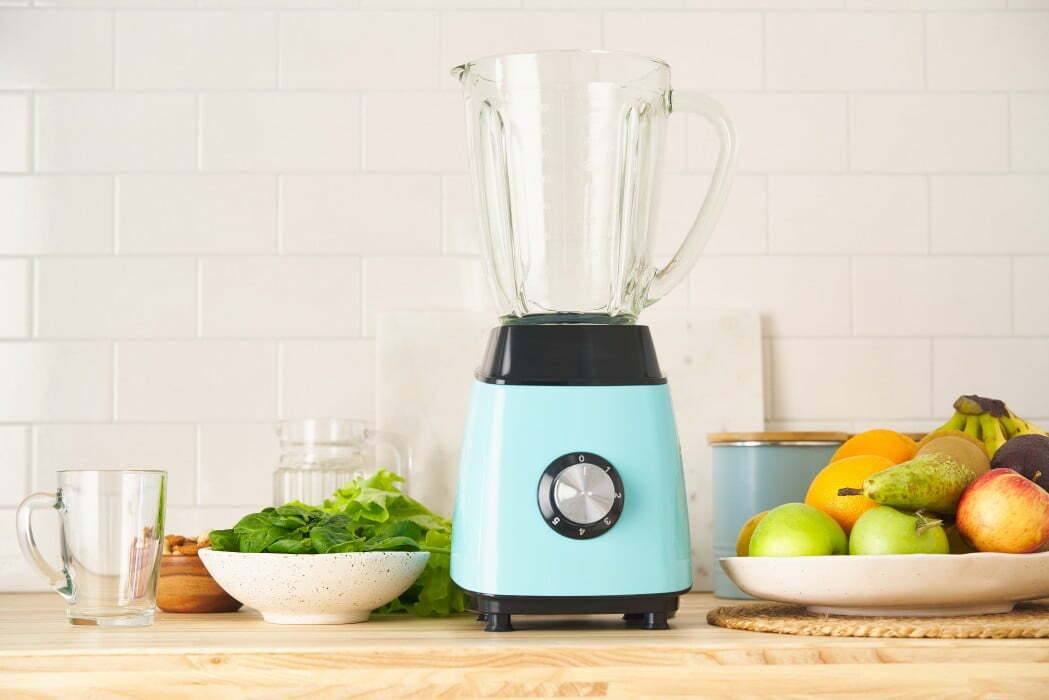













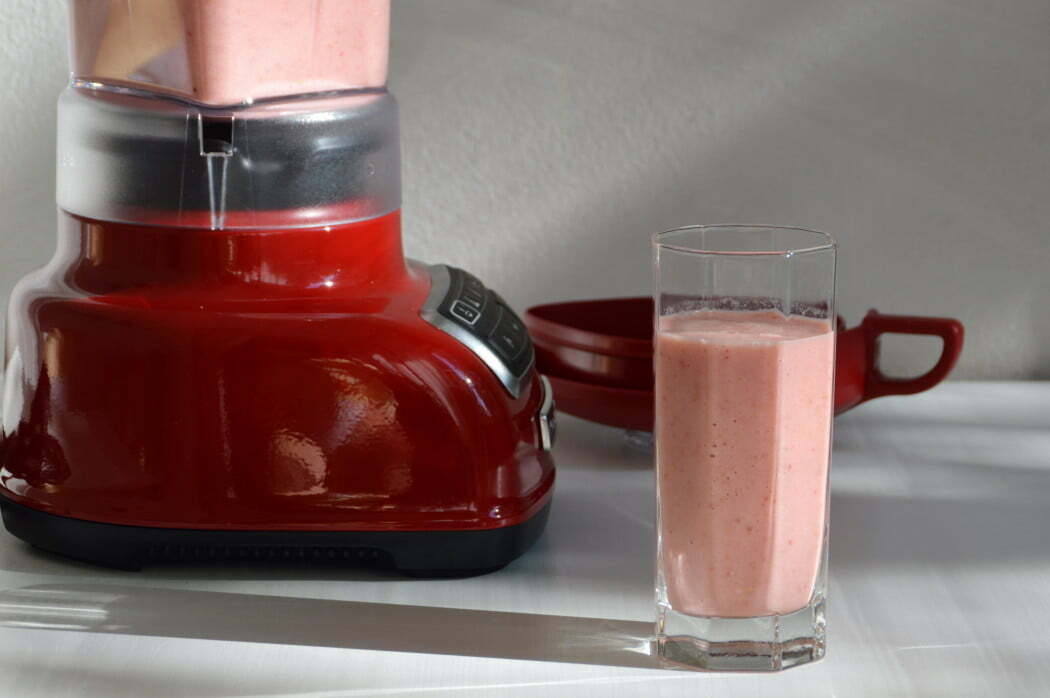
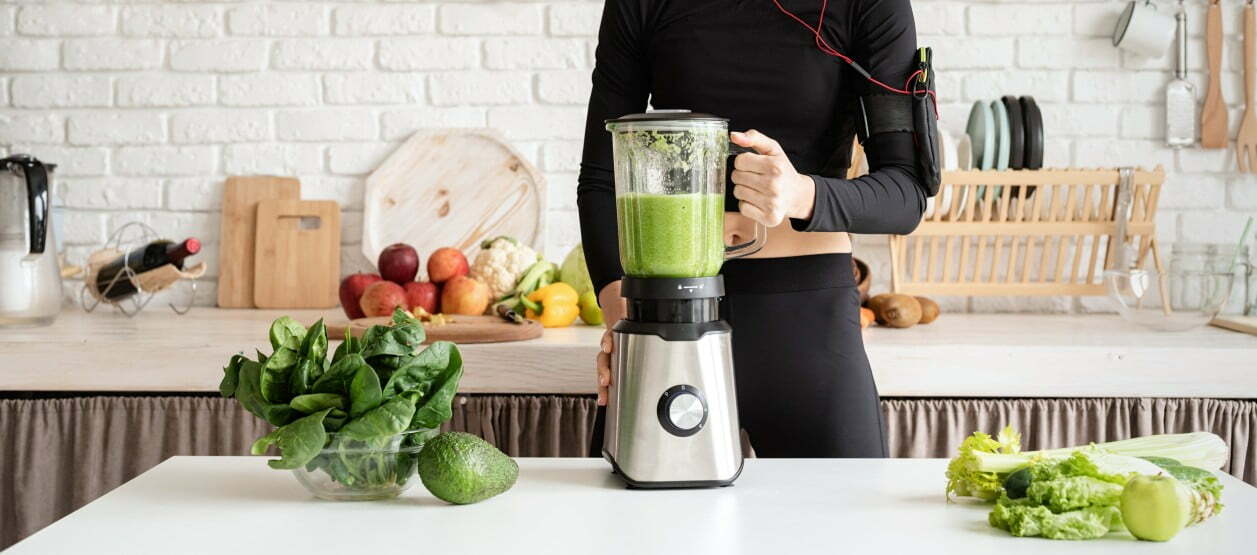
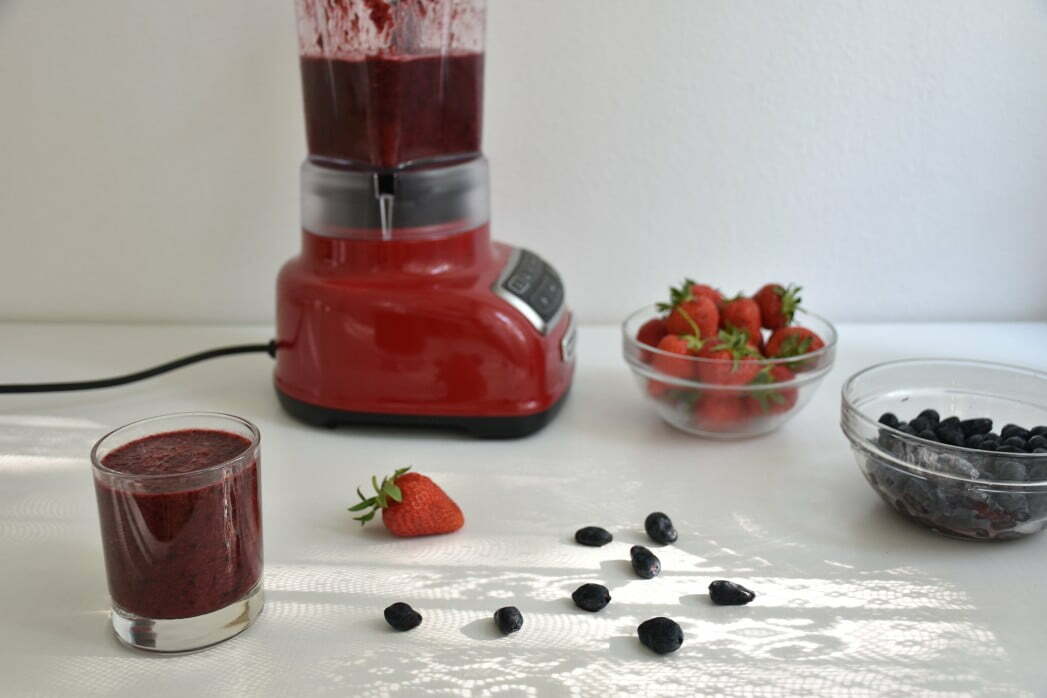
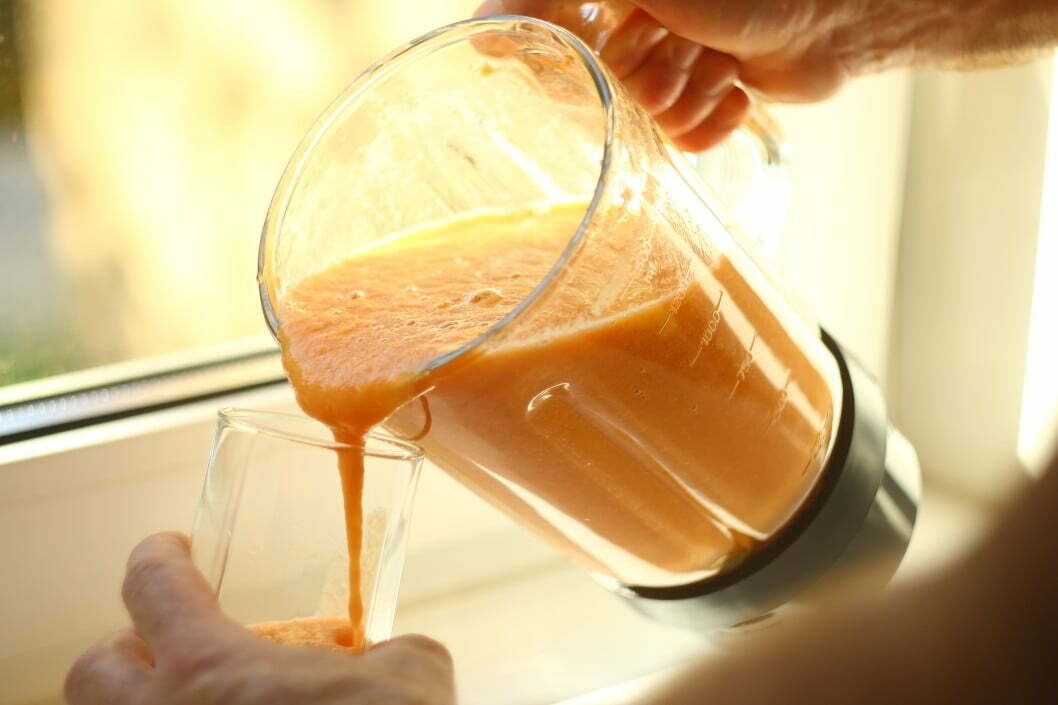
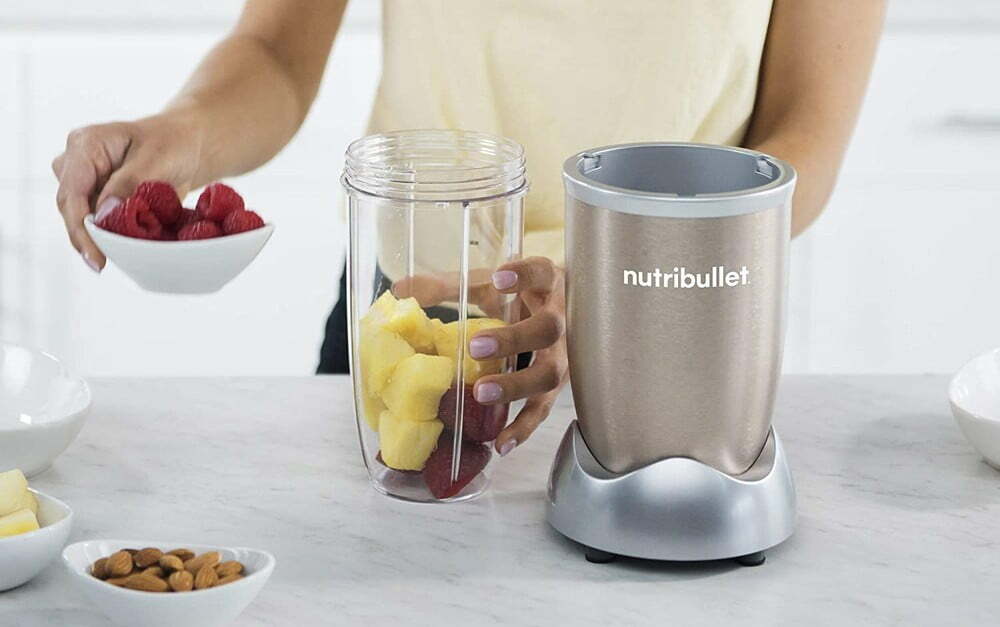
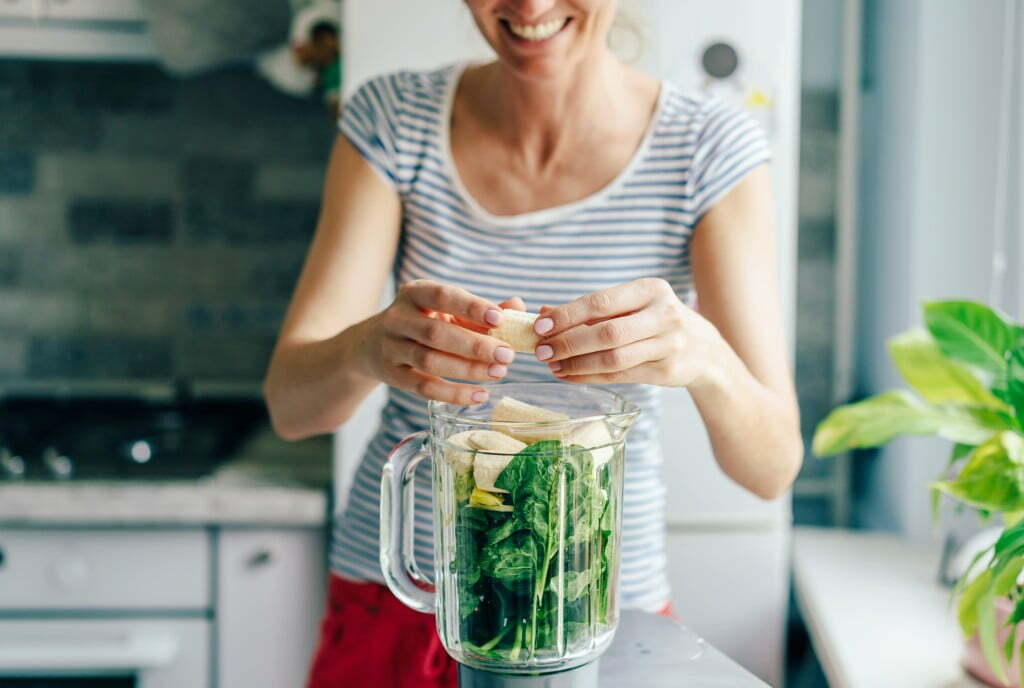
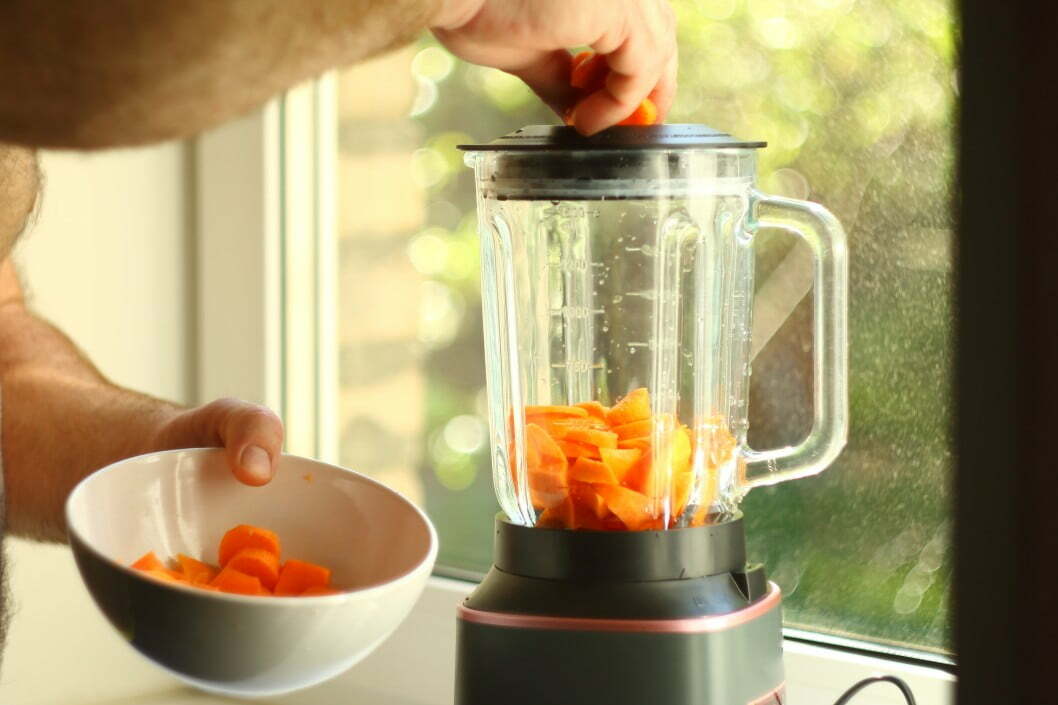
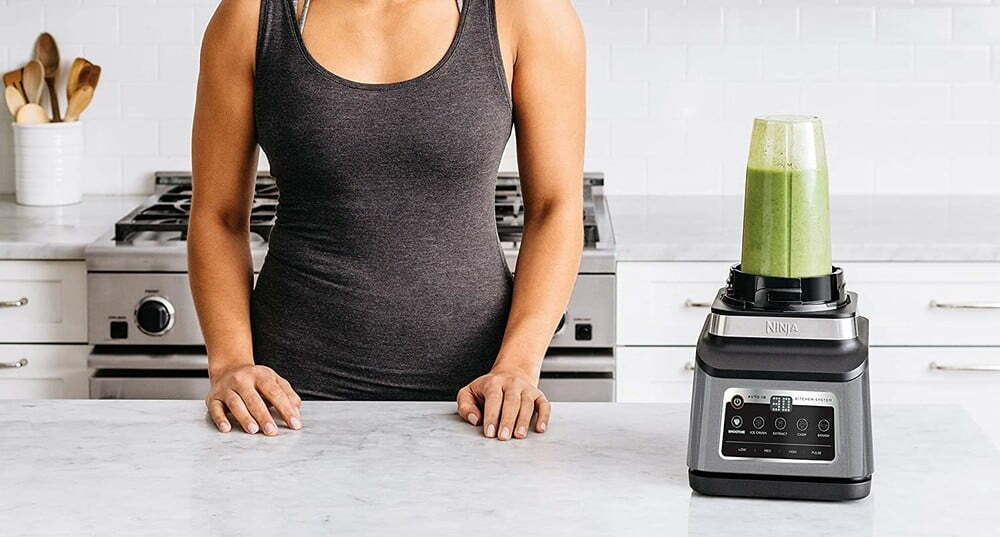
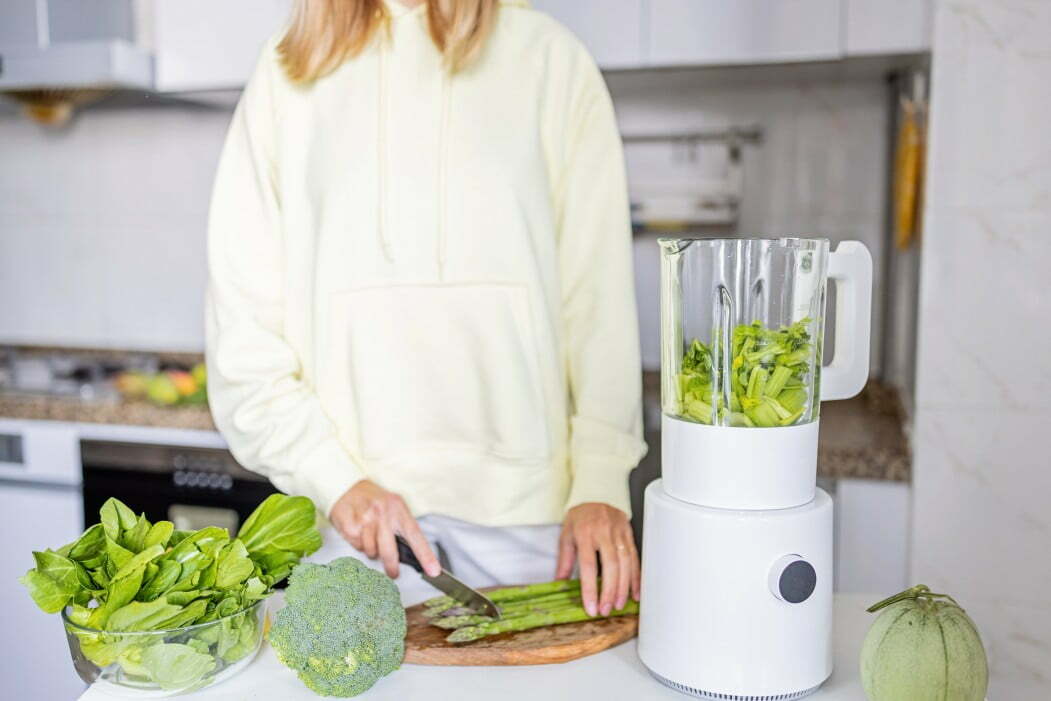

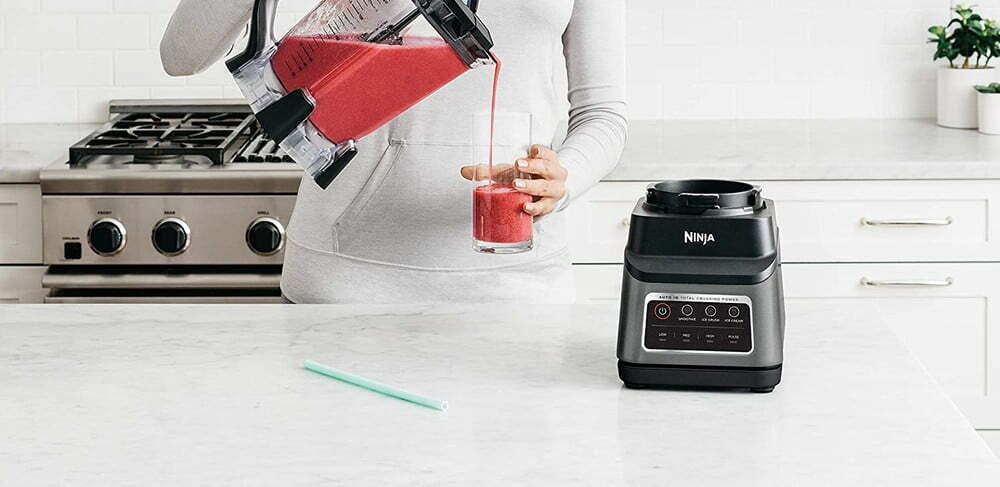
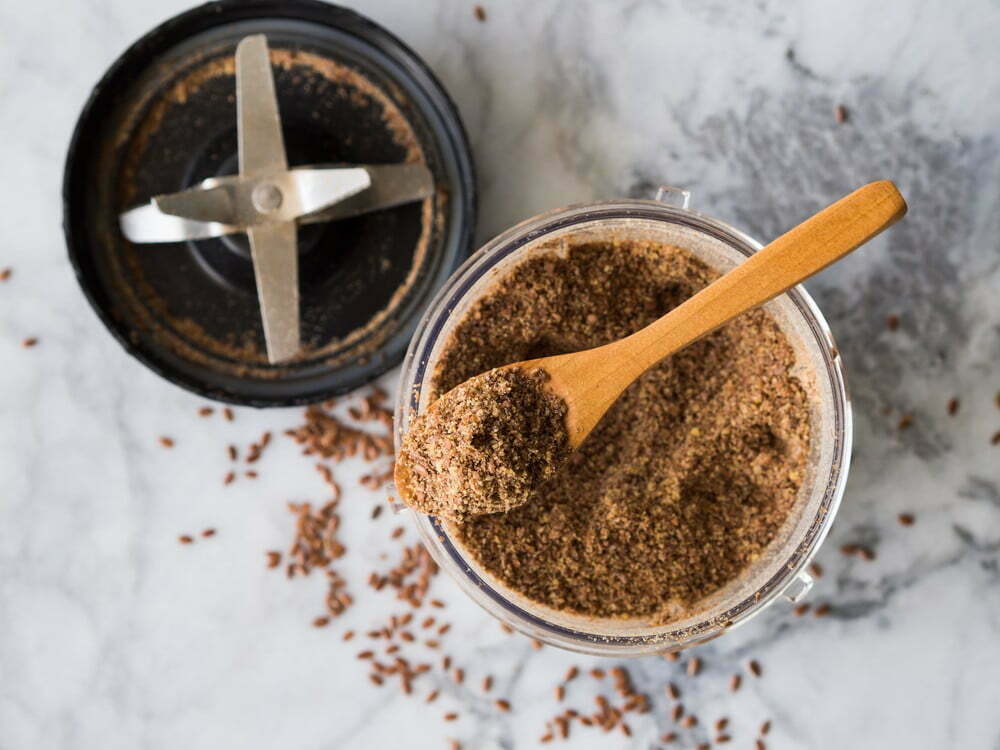
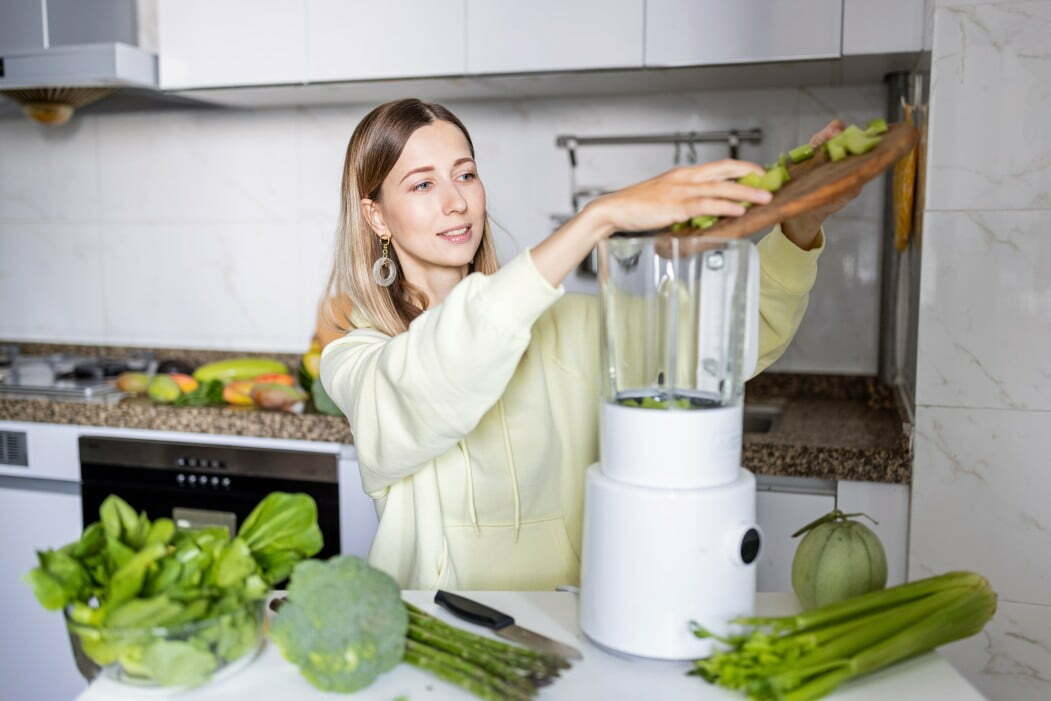
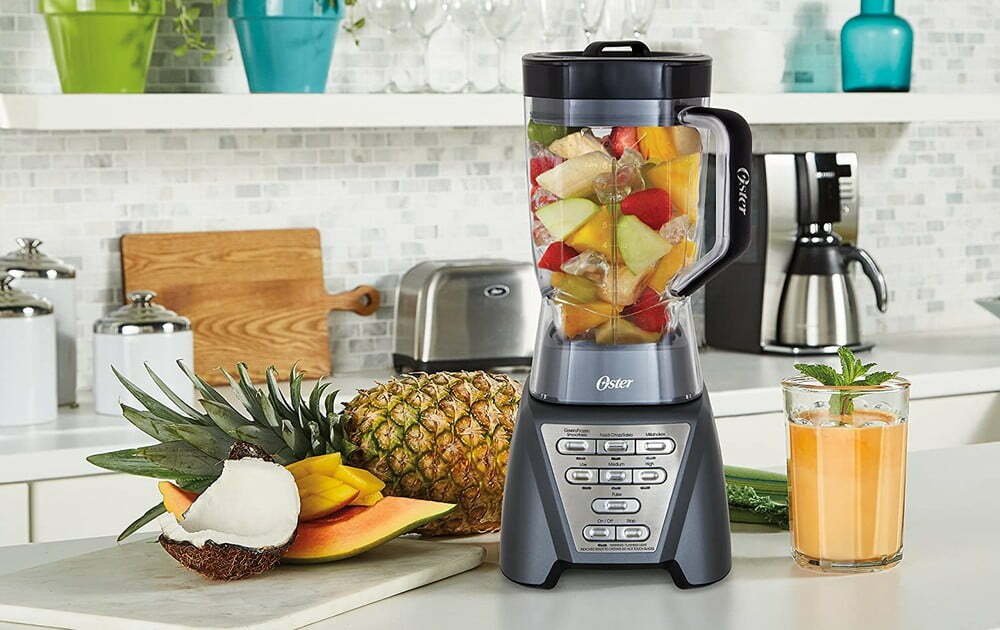
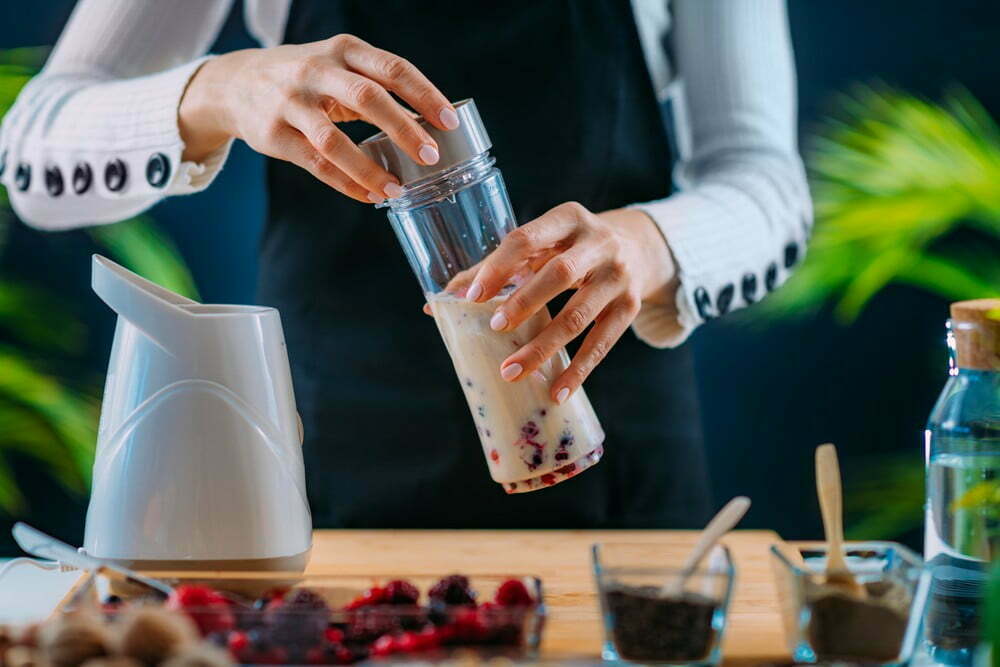
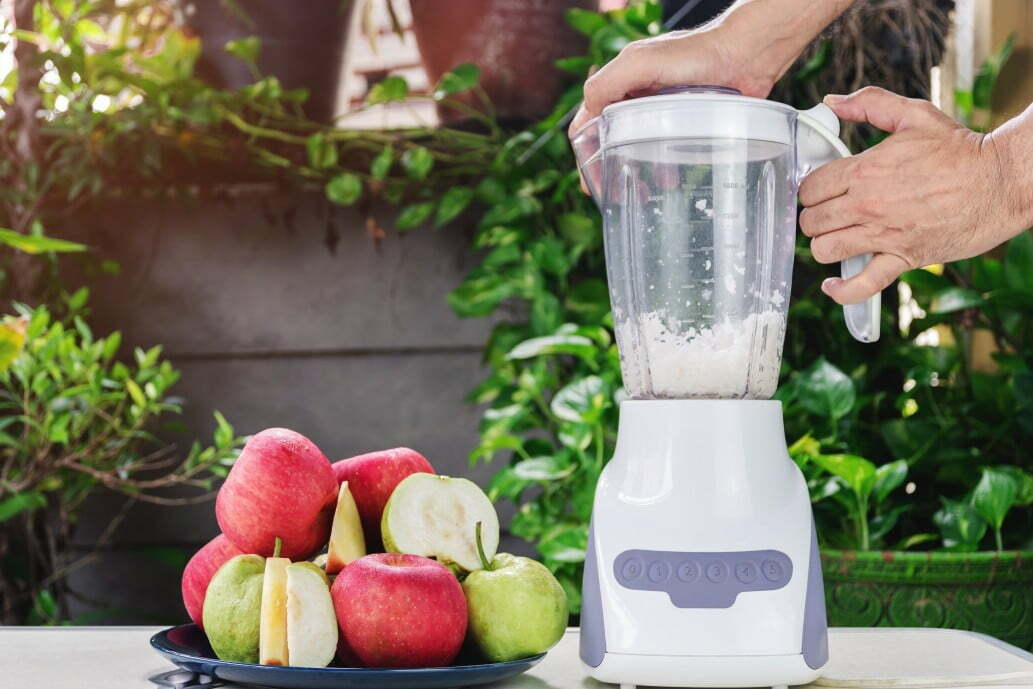
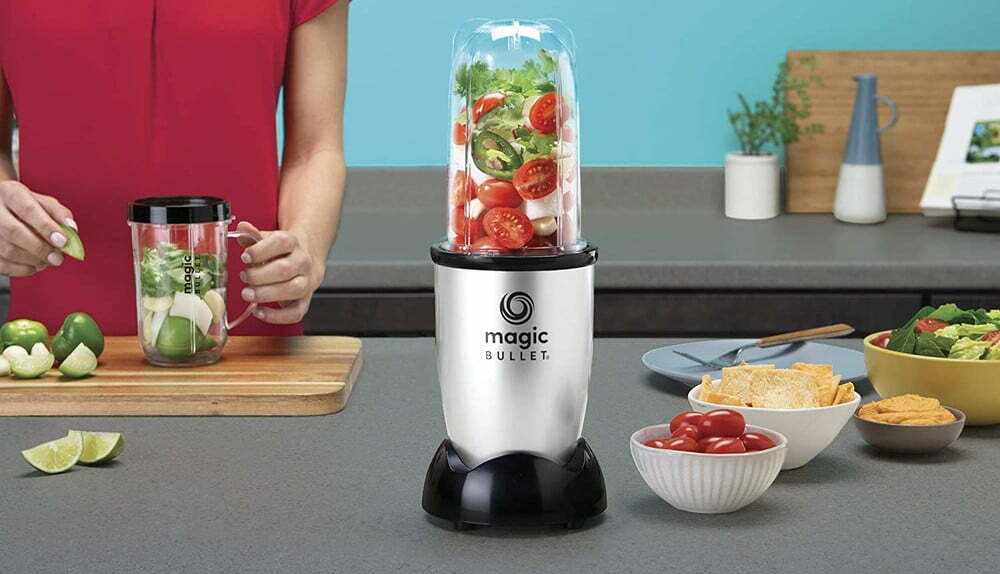
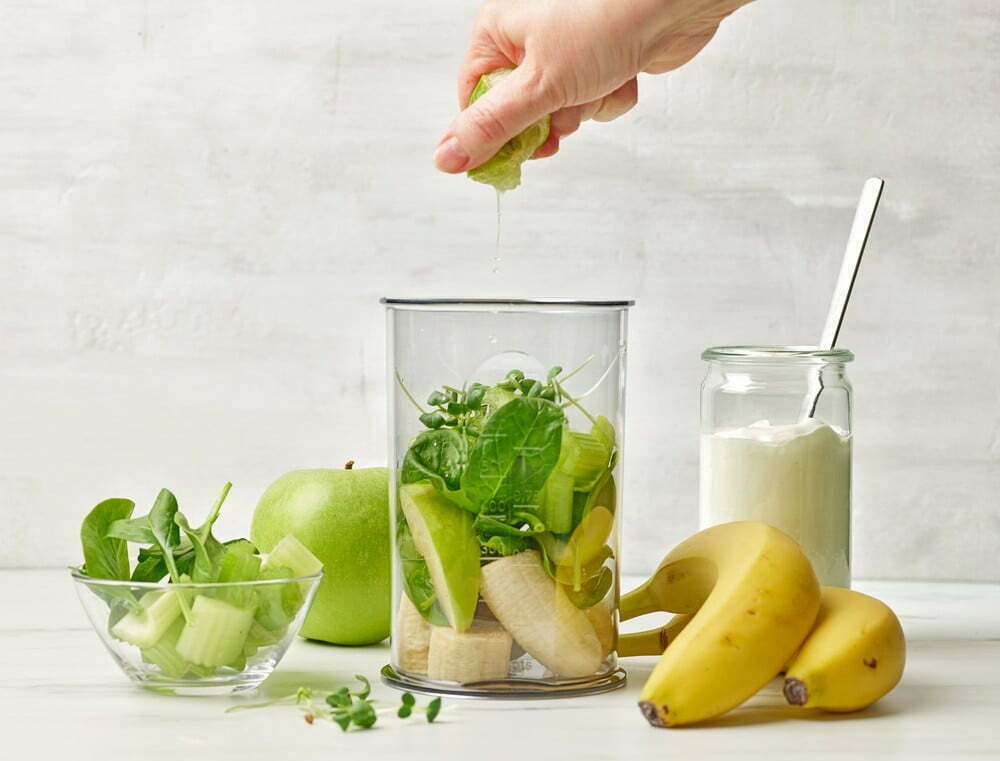
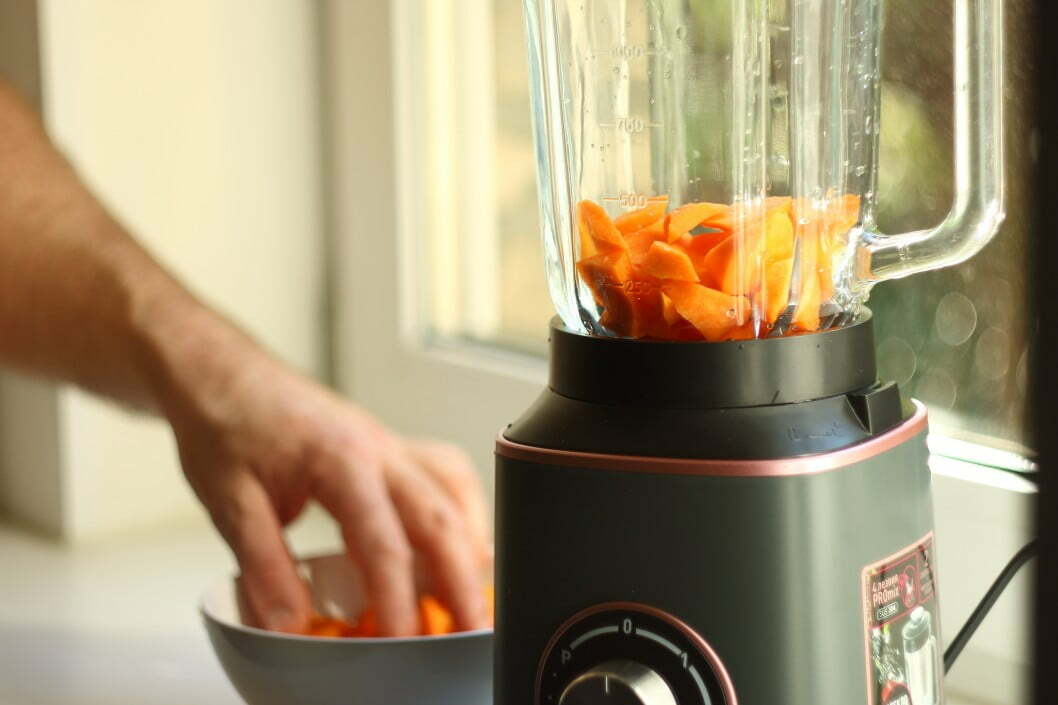
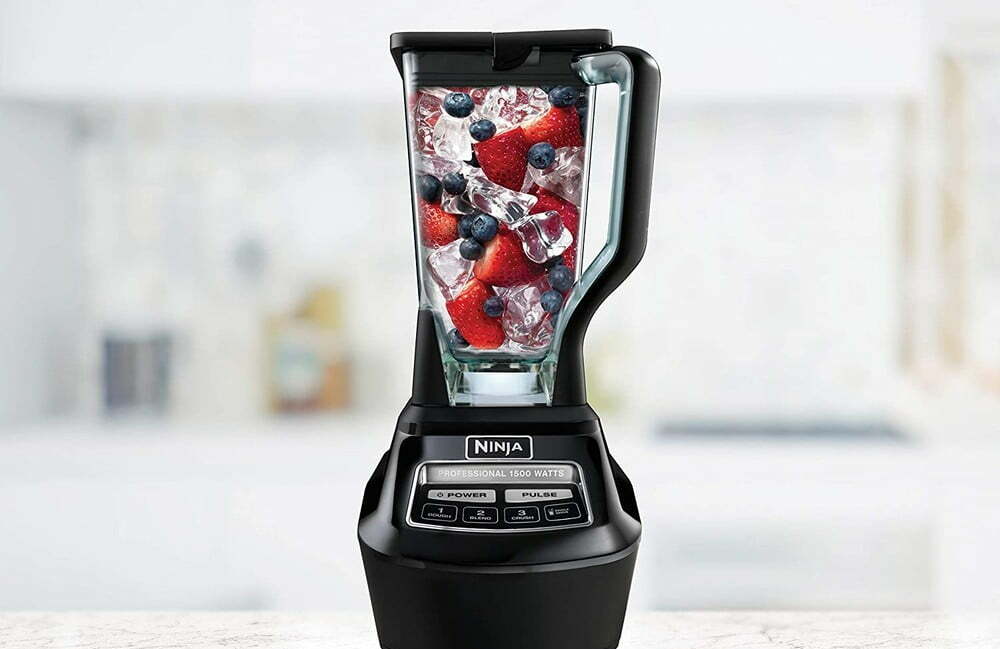
![Best Blender in [year] ([month] Reviews) 27 Best Blender in 2025 (December Reviews)](https://www.gadgetreview.dev/wp-content/uploads/best-blender-image.jpg)
![Best Kitchen Appliances in [year] ([month] Reviews) 28 Best Kitchen Appliances in 2025 (December Reviews)](https://www.gadgetreview.dev/wp-content/uploads/best-kitchen-appliances.jpg)
![Best Blenders for Acai Bowl in [year] 29 Best Blenders for Acai Bowl in 2025](https://www.gadgetreview.dev/wp-content/uploads/best-blender-for-acai-bowl-image.jpg)
![Best Blenders for Vegans in [year] 30 Best Blenders for Vegans in 2025](https://www.gadgetreview.dev/wp-content/uploads/best-blender-for-vegans-image.jpg)
![Best High-Powered Home Blenders in [year] 31 Best High-Powered Home Blenders in 2025](https://www.gadgetreview.dev/wp-content/uploads/best-high-powered-home-blender-image.jpg)
![Best Easy Clean Blenders in [year] 32 Best Easy Clean Blenders in 2025](https://www.gadgetreview.dev/wp-content/uploads/best-easy-clean-blender-image.jpg)
![Best Blendtec Blenders in [year] 33 Best Blendtec Blenders in 2025](https://www.gadgetreview.dev/wp-content/uploads/best-blendtec-blender-image.jpg)
![Best Oster Blenders in [year] 34 Best Oster Blenders in 2025](https://www.gadgetreview.dev/wp-content/uploads/best-oster-blender-image.jpg)
![Best Nutribullet Blenders in [year] 35 Best Nutribullet Blenders in 2025](https://www.gadgetreview.dev/wp-content/uploads/best-nutribullet-blender-image.jpg)
![Best Vitamix Blender in [year] 36 Best Vitamix Blender in 2025](https://www.gadgetreview.dev/wp-content/uploads/best-vitamix-blender-image.jpg)
![Best Quiet Blenders in [year] 37 Best Quiet Blenders in 2025](https://www.gadgetreview.dev/wp-content/uploads/best-quiet-blender.jpg)
![Best Blenders for Protein Shakes in [year] 38 Best Blenders for Protein Shakes in 2025](https://www.gadgetreview.dev/wp-content/uploads/best-blender-for-protein-shakes.jpg)
![Best Blenders for Milkshakes in [year] 39 Best Blenders for Milkshakes in 2025](https://www.gadgetreview.dev/wp-content/uploads/best-blender-for-milkshakes.jpg)
![Best Blenders for Margaritas in [year] 40 Best Blenders for Margaritas in 2025](https://www.gadgetreview.dev/wp-content/uploads/best-blender-for-margaritas.jpg)
![Best Blenders for Nut Butter in [year] 41 Best Blenders for Nut Butter in 2025](https://www.gadgetreview.dev/wp-content/uploads/best-blender-for-nut-butter.jpg)
![Best Ninja Blenders in [year] 42 Best Ninja Blenders in 2025](https://www.gadgetreview.dev/wp-content/uploads/best-ninja-blender.jpg)
![Best Commercial Blenders in [year] 43 Best Commercial Blenders in 2025](https://www.gadgetreview.dev/wp-content/uploads/best-commercial-blender.jpg)
![10 Best Portable Blenders for Travel in [year] 44 10 Best Portable Blenders for Travel in 2025](https://www.gadgetreview.dev/wp-content/uploads/best-portable-blender-for-travel.png)
![10 Best Vacuum Blenders in [year] 45 10 Best Vacuum Blenders in 2025](https://www.gadgetreview.dev/wp-content/uploads/best-vacuum-blender.jpg)
